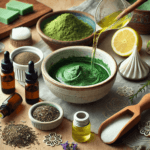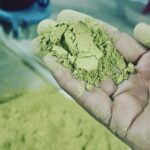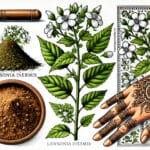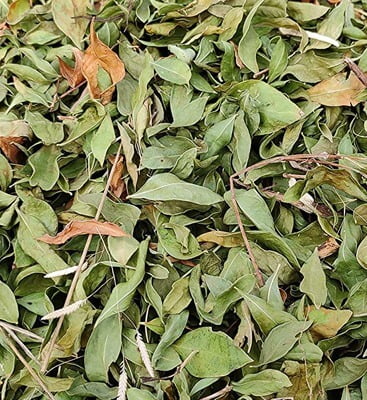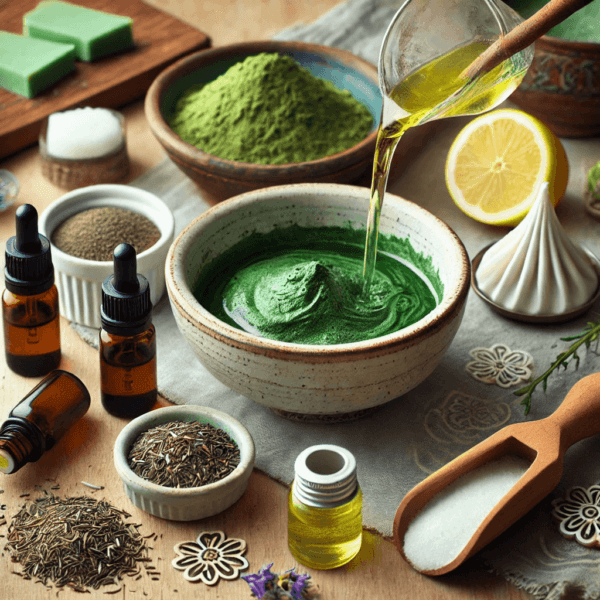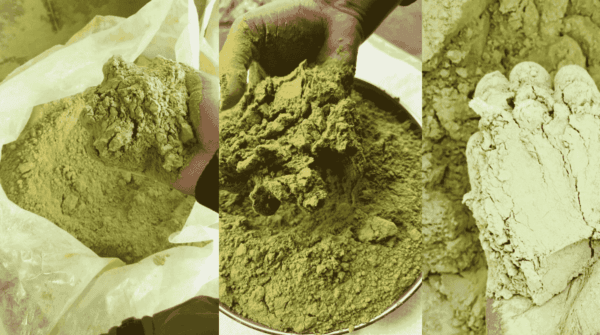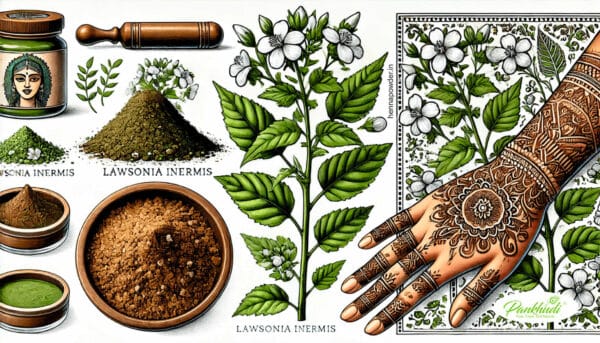Dry Henna Leaves: Benefits, Uses, and How to Make the Most of This Natural Ingredient
Introduction
Dry Henna Leaves Henna, also known as Lawsonia inermis, has been used for centuries as a natural dye and for its therapeutic properties. While most people are familiar with henna in its powder form, dry henna leaves offer a more traditional and versatile way to experience its benefits. Whether for coloring hair, conditioning the scalp, or creating intricate body art, dry henna leaves are a staple in natural beauty routines. In this blog, we’ll explore the benefits of using dry henna leaves, how to prepare them, and the various ways you can incorporate them into your hair care and beauty regimen.
What Are Dry Henna Leaves?
Dry henna leaves are simply the dehydrated leaves of the henna plant. These leaves are harvested, dried, and then either crushed into a fine powder or used whole. Henna leaves contain a natural dye molecule called lawsone, which imparts a red-orange color. When mixed with water or other acidic liquids, the lawsone in the leaves gets activated, making it an effective natural dye for hair, skin, and fabrics.
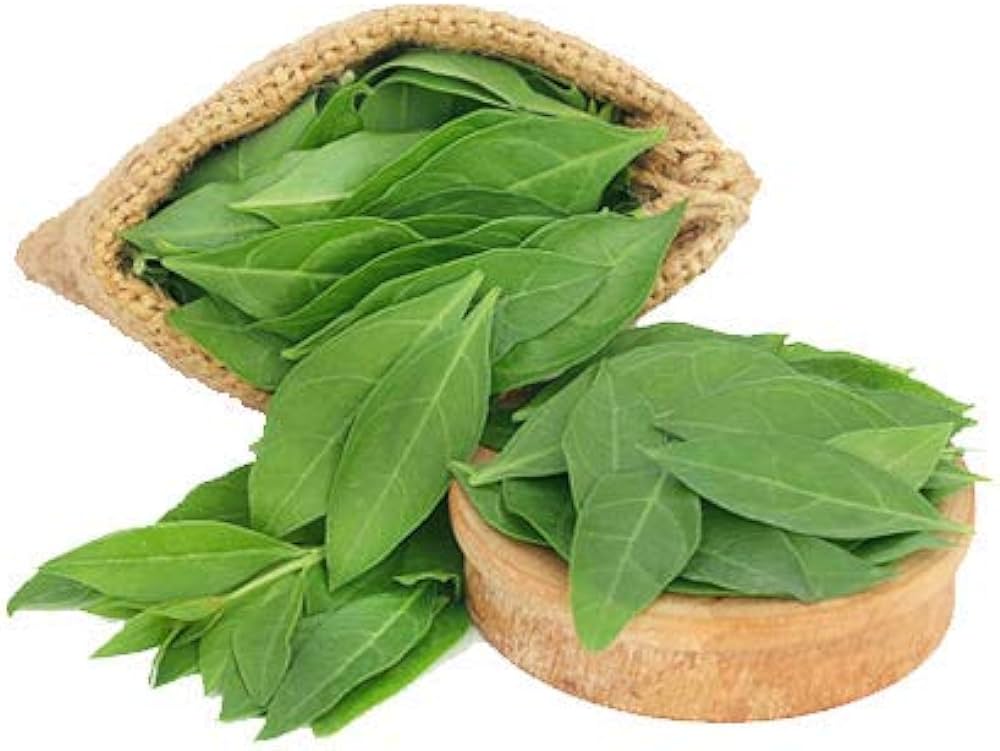
Benefits of Dry Henna Leaves
- Natural Hair Dye: One of the most popular uses of dry henna leaves is as a natural hair dye. Henna imparts a rich, reddish-brown color that can be used to cover gray hair or enhance the natural shade of darker hair. Unlike chemical dyes, henna does not damage the hair shaft and can improve hair health.
- Hair Conditioning: Henna leaves have natural conditioning properties. They help to seal the hair cuticle, reduce frizz, and add shine. Using henna leaves regularly can result in smoother, healthier-looking hair.
- Scalp Health: Henna is known for its cooling properties and can help soothe an itchy, inflamed scalp. It has natural antifungal and antimicrobial properties, making it effective against dandruff and scalp infections.
- Strengthens Hair: The natural tannins in henna bind to the hair, strengthening each strand from the root to the tip. This helps reduce hair breakage and split ends, leading to thicker and stronger hair over time.
- Skin Care: Henna leaves can be used to create natural masks and packs that benefit the skin. They have anti-inflammatory and antibacterial properties, which can help reduce acne and soothe irritated skin.
- Natural Body Art: Henna has been used for centuries to create temporary tattoos. The natural dye from henna leaves can be used to make intricate designs on the skin that last for a few weeks.
How to Prepare Henna from Dry Henna Leaves
To get the most out of dry henna leaves, you need to prepare them properly. Here’s a step-by-step guide:
1. Dry Henna Powder Preparation
Ingredients:
- Dry henna leaves
- Mortar and pestle or a grinder
Instructions:
- Collect dry henna leaves and make sure they are completely dry.
- Use a mortar and pestle or a grinder to crush the leaves into a fine powder.
- Sift the powder through a fine sieve to remove any large particles.
- Store the henna powder in an airtight container away from direct sunlight to maintain its potency.
2. Henna Paste for Hair Dye
Ingredients:
- 1 cup of henna powder (made from dry henna leaves)
- 1/2 cup of water (adjust as needed)
- 1 tablespoon of lemon juice or apple cider vinegar
- A few drops of essential oil (such as lavender or tea tree for fragrance)
Instructions:
- Mix the henna powder with water in a non-metallic bowl until you get a smooth paste.
- Add lemon juice or apple cider vinegar. This helps release the dye from the henna leaves.
- Add a few drops of essential oil to improve the paste’s smell and enhance its conditioning properties.
- Cover the bowl with plastic wrap and let it sit for 6-8 hours or overnight. This allows the dye to develop fully.
- Apply the henna paste to your hair, covering each strand thoroughly.
- Leave it on for 2-4 hours, depending on the depth of color you desire.
- Rinse your hair with water until the paste is completely washed out.
3. Henna Paste for Body Art
Ingredients:
- 1/4 cup of henna powder (made from dry henna leaves)
- 2-3 tablespoons of lemon juice
- 1 tablespoon of sugar
- 1 tablespoon of essential oil (such as eucalyptus or lavender)
Instructions:
- Mix the henna powder with lemon juice in a non-metallic bowl to form a thick paste.
- Add sugar to the paste. This helps the paste stick to the skin better.
- Add essential oil to enhance the stain and scent.
- Cover the bowl and let the paste sit for 24 hours to allow the dye to release.
- Transfer the henna paste into a cone or squeeze bottle.
- Apply designs to the skin. Leave the paste on the skin for several hours or overnight for the best results.
- Gently scrape off the dried paste without using water.
How to Use Dry Henna Leaves for Hair Care
1. Henna Hair Mask for Conditioning
Ingredients:
- 2 tablespoons of henna powder (from dry henna leaves)
- 2 tablespoons of yogurt
- 1 tablespoon of honey
Instructions:
- Mix henna powder with yogurt and honey to form a thick paste.
- Apply the mask to your scalp and hair, ensuring even coverage.
- Leave it on for 30-45 minutes.
- Rinse off with cool water and a mild shampoo.
- Use this mask once a month for smooth, shiny, and conditioned hair.
2. Henna and Amla Hair Pack for Strengthening
Ingredients:
- 2 tablespoons of henna powder
- 1 tablespoon of amla powder
- 2 tablespoons of water
Instructions:
- Mix henna powder and amla powder with water to form a smooth paste.
- Apply the pack to your scalp and hair, focusing on the roots.
- Leave it on for 1-2 hours.
- Rinse off with water and a mild shampoo.
- Use this pack once a month to strengthen hair and reduce hair fall.
3. Henna and Fenugreek Pack for Dandruff Control
Ingredients:
- 2 tablespoons of henna powder
- 1 tablespoon of fenugreek seeds (soaked overnight and ground into a paste)
- 1 tablespoon of lemon juice
Instructions:
- Mix henna powder with fenugreek paste and lemon juice.
- Apply the mixture to your scalp and hair.
- Leave it on for 1 hour.
- Rinse off with a mild shampoo.
- Use this pack every two weeks to control dandruff and maintain scalp health.
How to Use Dry Henna Leaves for Skin Care
1. Henna Face Pack for Glowing Skin
Ingredients:
- 1 teaspoon of henna powder
- 1 teaspoon of honey
- 1 teaspoon of rose water
Instructions:
- Mix henna powder with honey and rose water to form a smooth paste.
- Apply the paste evenly to your face.
- Leave it on for 10-15 minutes.
- Rinse off with lukewarm water.
- Use this face pack once a week for glowing, radiant skin.
2. Henna and Turmeric Face Mask for Acne
Ingredients:
- 1 teaspoon of henna powder
- 1 teaspoon of turmeric powder
- 2 teaspoons of yogurt
Instructions:
- Mix henna powder with turmeric powder and yogurt to form a thick paste.
- Apply the mask to your face, focusing on acne-prone areas.
- Leave it on for 10-15 minutes.
- Rinse off with cool water.
- Use this mask twice a week to reduce acne and clear blemishes.
Tips for Using Dry Henna Leaves
- Always perform a patch test before using henna on your hair or skin to check for any allergic reactions.
- Use gloves while applying henna to avoid staining your hands.
- For deeper hair color, let the henna paste sit for longer before rinsing it out.
- Store dry henna leaves and powder in an airtight container away from light and moisture to maintain their potency.
- Use pure, organic henna leaves to avoid harmful additives and ensure the best results.
Conclusion
Dry henna leaves are a natural and versatile ingredient that offers a wide range of benefits for hair, skin, and body art. Whether you’re looking to dye your hair naturally, condition and strengthen your locks, or create beautiful temporary tattoos, dry henna leaves are a safe and effective choice. With its rich history in traditional beauty practices, henna continues to be a valuable natural remedy for enhancing health and beauty. Start incorporating dry henna leaves into your daily routine and experience the numerous benefits of this age-old beauty secret!

